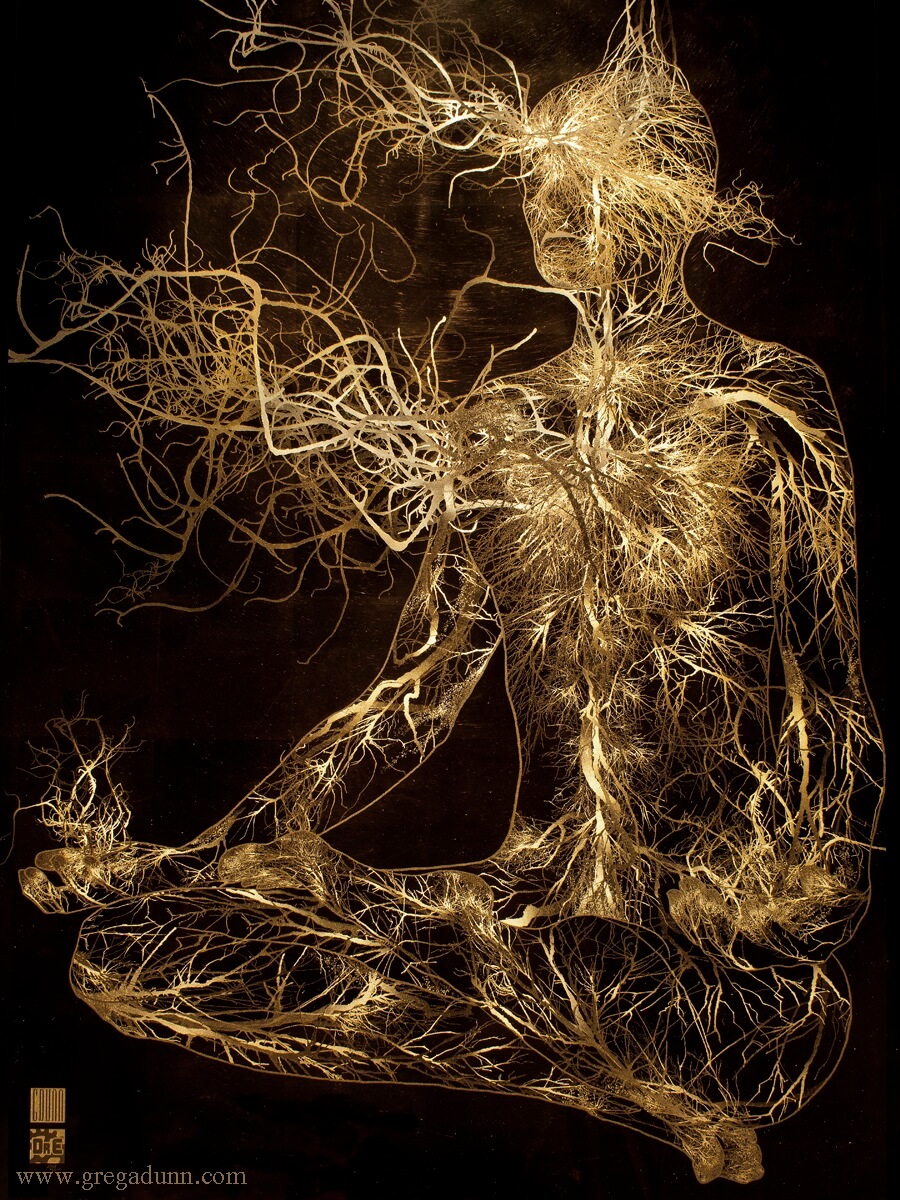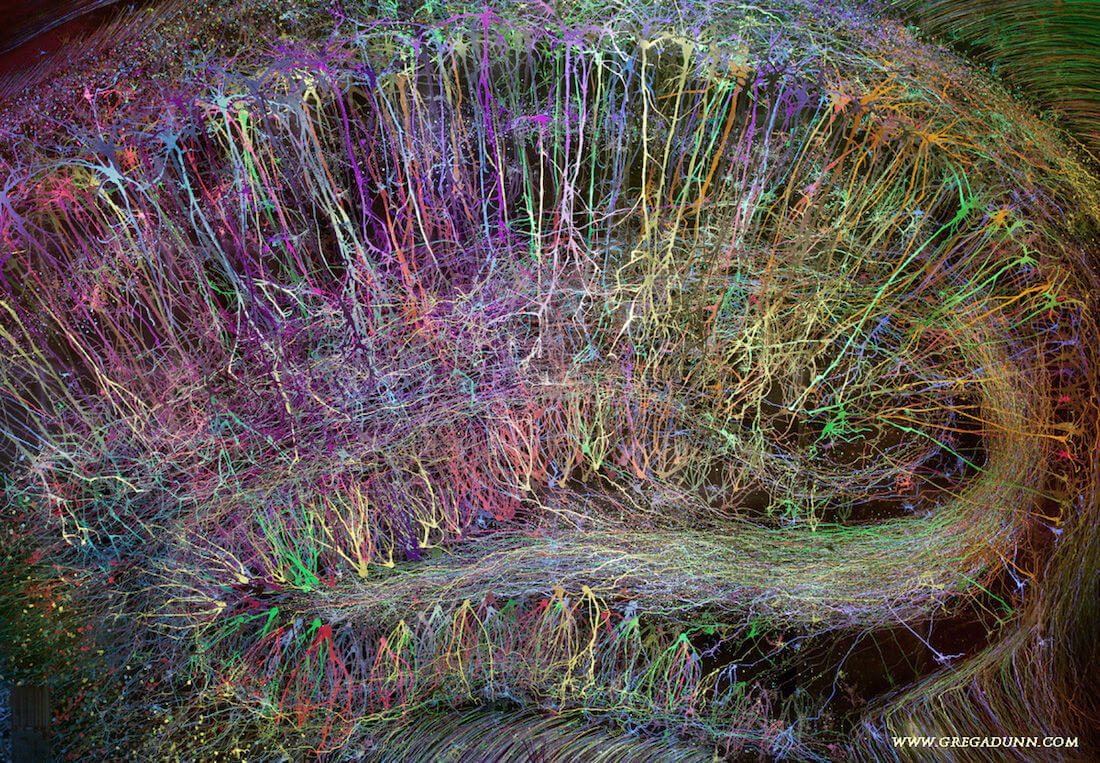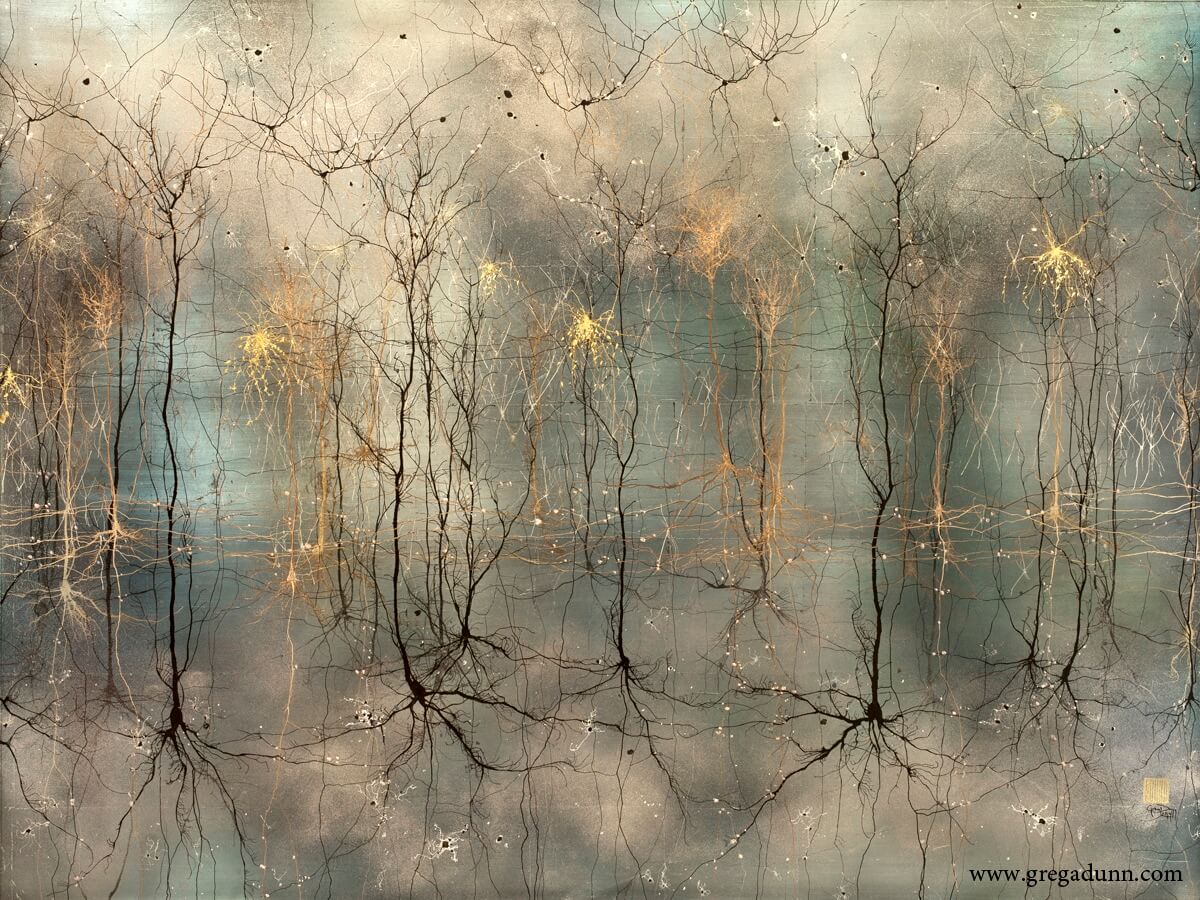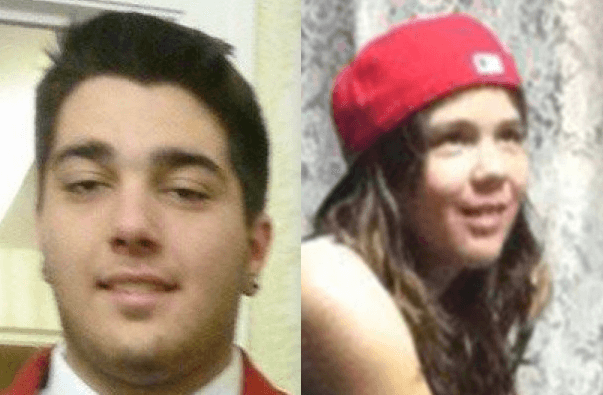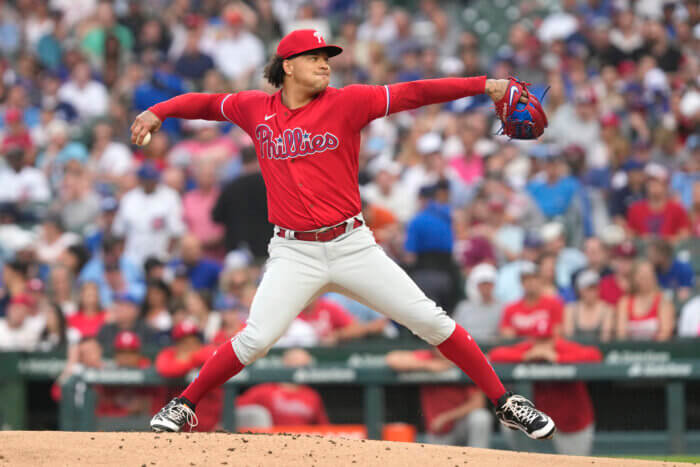Asked for a job description, “artist-neuroscientist” is the one that Dr. Greg A. Dunn, 36, does not reject. But he does insist that the seemingly contradictory vocations be paired, because he doesn’t see any way of divorcing his two professions. “Consider some of the great Impressionist paintings, take Monet,” Dunn said. “They’re designed to hack the brain. They’re experimenting in, ‘How little detail can we give you, and have your own brain synthesize detail in this piece and show it to you? How can we show you more by showing you less?'” Dunn, who earned his doctorate in neuroscience at UPenn in 2011, has found a niche in artworks that feel like experiments — compositions that try to visually convey some of the information he has gleaned scientifically about how the brain works. Related link:Philly may drop ‘sanctuary’ city status Several of his artworks are currently up at the Mütter Museum, in a show called “Mind Illuminated,” which will be up through the end of 2015.
Part of the unique appeal of these works come from micro-etching, a technique Dunn invented along with collaborator Dr. Brian Edwards, in which sheets of gold are engraved on a microscopic scale so that the surface presents a shimmering array of color as the viewer moves past it. Related link:Football team’s championship dreams dashed The visual effect is not as complex as that of the firings of real neural pathways, but it serves to give some sense of it, Dunn said.
“In reality, they’re firing at 100 Hertz — 100 times a second — modifying the ways they’re firing based on the inputs they’re getting, faster or slower, shutting down or being enhanced. That kind of detail is way beyond our capacity with this technique,” Dunn said. “What we can do is smash that data downwards into a format which makes sense given our constraints.” The explorations up now at the Mutter Museum, however, may be a small prelude compared to what Dunn is now working on.
Dunn and Edwards, with whom he invented micro-etching techniques, were awarded a National Science Foundation to create a massive portrait of a sagittal view of the human brain.
Dunn, currently neck-deep in research and work on the piece with neuroscience and fine arts students, said he of the project that he is “dead certain [it] is the most complex illustration of the brain in an artistic concept ever.” That piece, which he called “the big brain,” is due to be unveiled at the Franklin Institute in June 2016.
“The average person knows nothing about the brain,” Dunn said. “The idea is to create a piece large enough and detailed enough to give them a taste of how complex it all is.”



